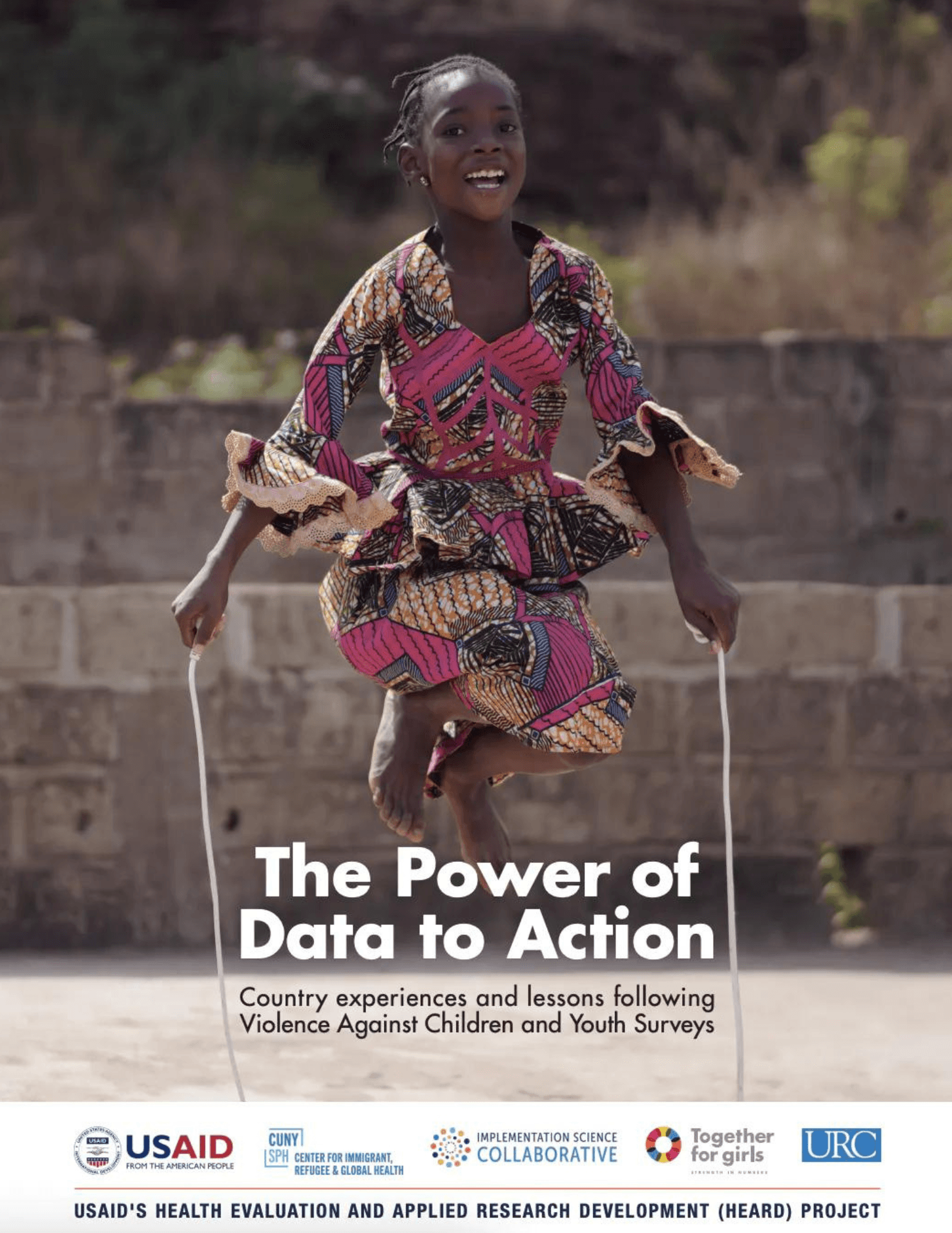Revealed: lessons from 20 countries after the world's largest survey on violence against children
21st August 2023By:

Kathleen Cravero Distinguished LecturerDirector, Center for Immigrant, Refugee and Global Health, CUNY SPH
Violence is preventable. Banning child marriage, banning corporal punishment in schools and developing new initiatives for the safety of girls, have all been achieved because of contributions from the Violence Against Children and Youth Surveys (VACS). But greater investment is urgently needed to ensure that more data collection and other hard-fought wins continue.
"The power of data to action"
This was the first analysis of its kind to understand how countries transform VACS data into positive action for children, and what helps or hinders this process.
Referred to as post-VACS efforts, these include any actions taken to understand,
implement and integrate VACS results into policies and/or programs aimed at preventing or ending violence against children. Many of these actions have a strong gender lens that identifies and tailors actions recognizing the unique vulnerability of girls.
Post-VACS efforts were reviewed in each of the 20 countries where a VACS was conducted. This included a broad range of 255 stakeholders who were involved in the VACS and in post-VACS action: government officials, officials of bilateral and multilateral organizations, representatives of local and non-governmental organizations, and international organizations focused on children.
Revealed: 6 key findings
What findings emerged from the review of country experiences?
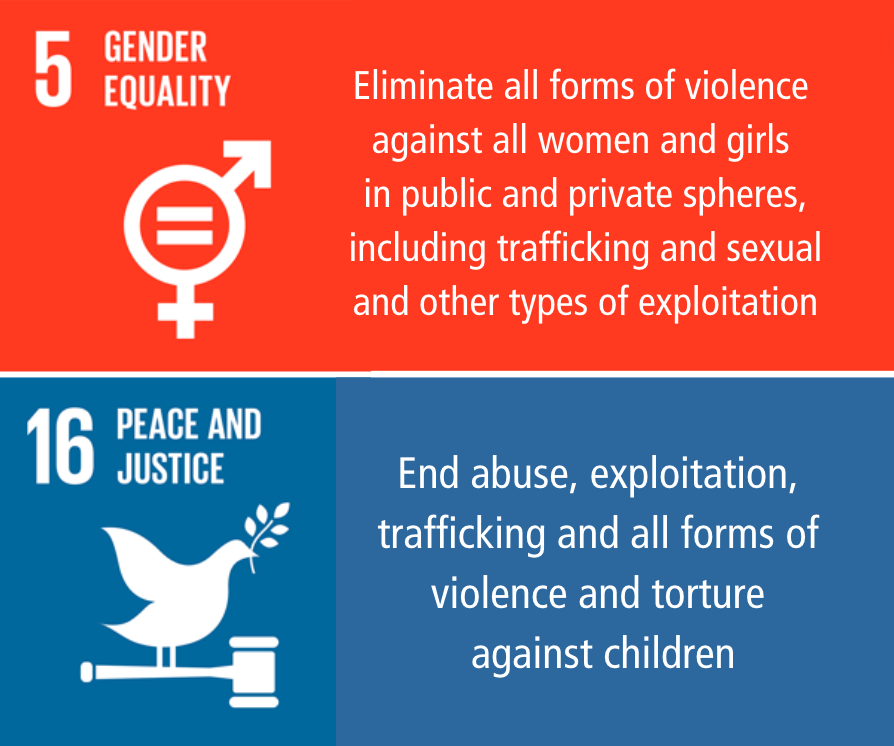
1. Violence is preventable and solvable
Often ending violence against children is surrounded by a fatalism and the idea that it's difficult to effectively address because it's too deeply embedded in social norms.
However, the VACS provide a foundation for developing interventions that work.
They also provide a basis for measuring progress toward the Sustainable Development Goals, in particular Target 5.2 and 16.2
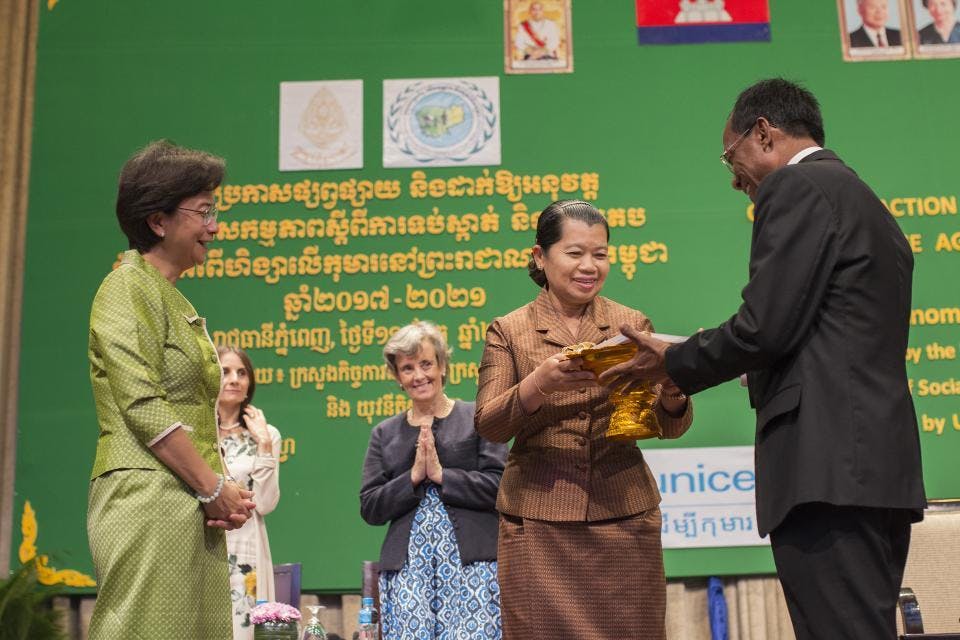
2. VACS data drives change
The data that we obtain from VACS does influence decision makers. It influences their level of knowledge and awareness, and their commitment to change and prioritize interventions that will end violence against children.
75% of individuals surveyed as part of this analysis believed that VACS influenced the design of subsequent national plans, policies and programs.
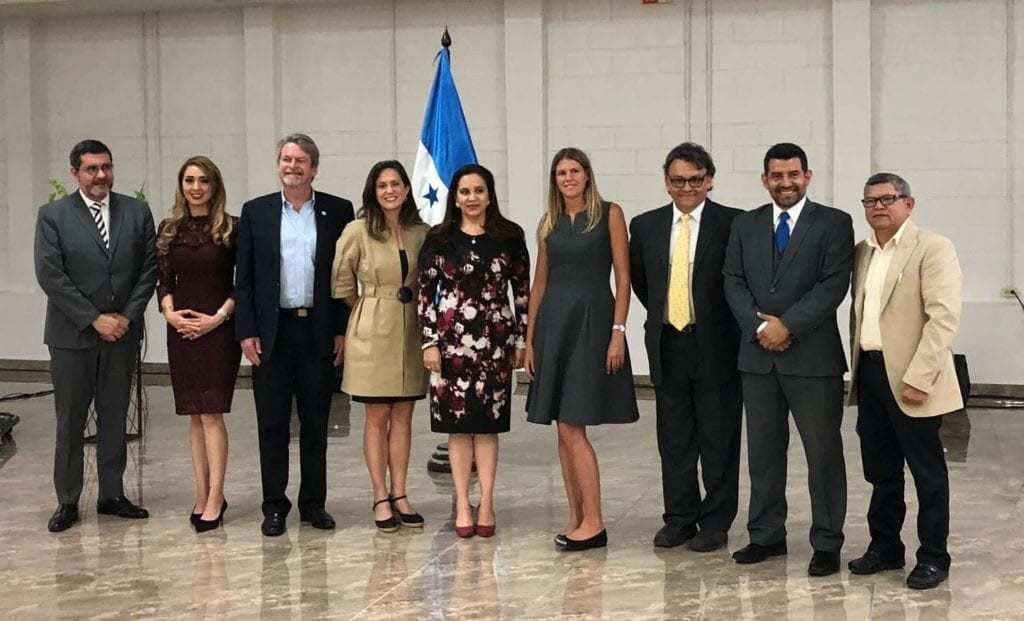
3. Coordination across sectors is critical to driving change
Strong government-led multi-sectoral coordination is the single most important factor in translating VACS results into positive action for children.
Whenever we found effective follow-up to the VACS (eg systems change that addresses violence against children and gender-based violence), in any country, it was driven by a broad multi-sectoral group.
Unsurprisingly the most involved were the child welfare, health, education and gender ministries. But there were also high levels of engagement from the justice and security ministries, as well as from statistical agencies.
It's important to get more engagement from finance ministries as they have great influence over budgetary allocations and funding. Civil society groups were engaged in VACS process but it varied greatly across sectors and across countries. Stakeholders felt that greater level of consistent civil society engagement would improve follow-up to VACS.
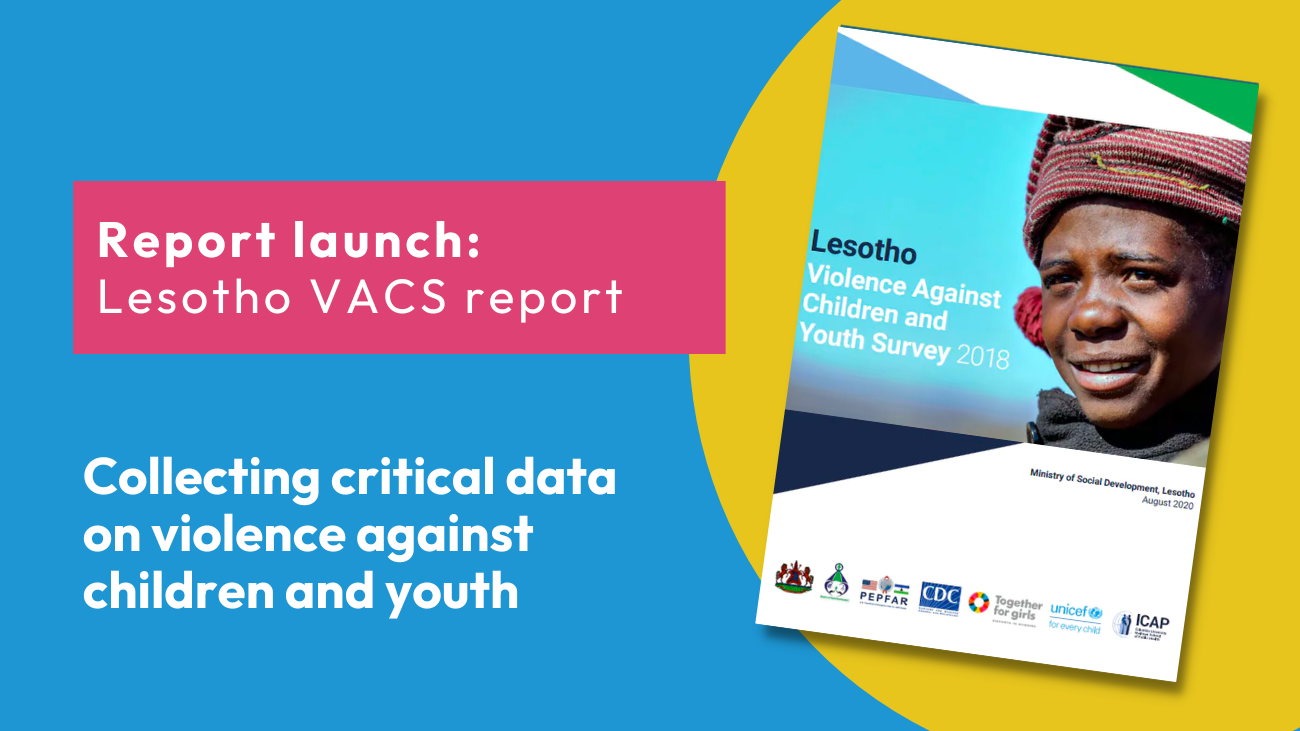
4. VACS data generates learning and action
VACS data and associated capacity-building processes generate learning and action, build capacity and inform national responses to end violence against children. If VACS data and associated tools and materials are accessible and user-friendly they make a big difference to capacity building processes.
Stakeholders identified a number of areas in which the VACS data made a difference, eg: in amending and improving existing laws and regulations; in banning child marriage and corporal punishment; in improving staff capacity; in developing new initiatives for the safety of girls; and for getting related questions and indicators into ongoing national surveys and statistics.
VACS data and post-VACS efforts propel policy reform and strengthen programs
| Adding/amending existing child safety laws/regulations | Banning child marriage | Banning corporal punishment | Improved staff capacity | New initiatives addressing the safety of girls | VACS questions/ indicators in national statistics | |
|---|---|---|---|---|---|---|
| Botswana | * | |||||
| Cambodia | * | * | * | * | ||
| Colombia | * | * | * | |||
| Côte d'Ivoire | * | * | * | * | * | |
| El Salvador | * | * | * | |||
| Honsuras | * | * | ||||
| Kenya 2010 | * | |||||
| Kenya 2019 | * | * | * | * | * | * |
| Lao PDR | * | |||||
| Lesotho | * | |||||
| Malawi | * | * | * | * | ||
| Nigeria | * | * | ||||
| Rwanda | * | * | * | |||
| Uganda | * | * | * | * | ||
| Zambia | * | * | * | * | * | |
| Zimbabwe | * | * | * |
5. All areas of fighting violence against children need more funding
Almost 90% of those surveyed cite inadequate funding as the barrier to post-VACS efforts.
Key informants were very specific about the range of actions that require more funding: the development and improvement of national action plans; the training materials system; and strengthening support for community action.
Post-VACS efforts are underfunded in every sector and every country in which they've been conducted so far.
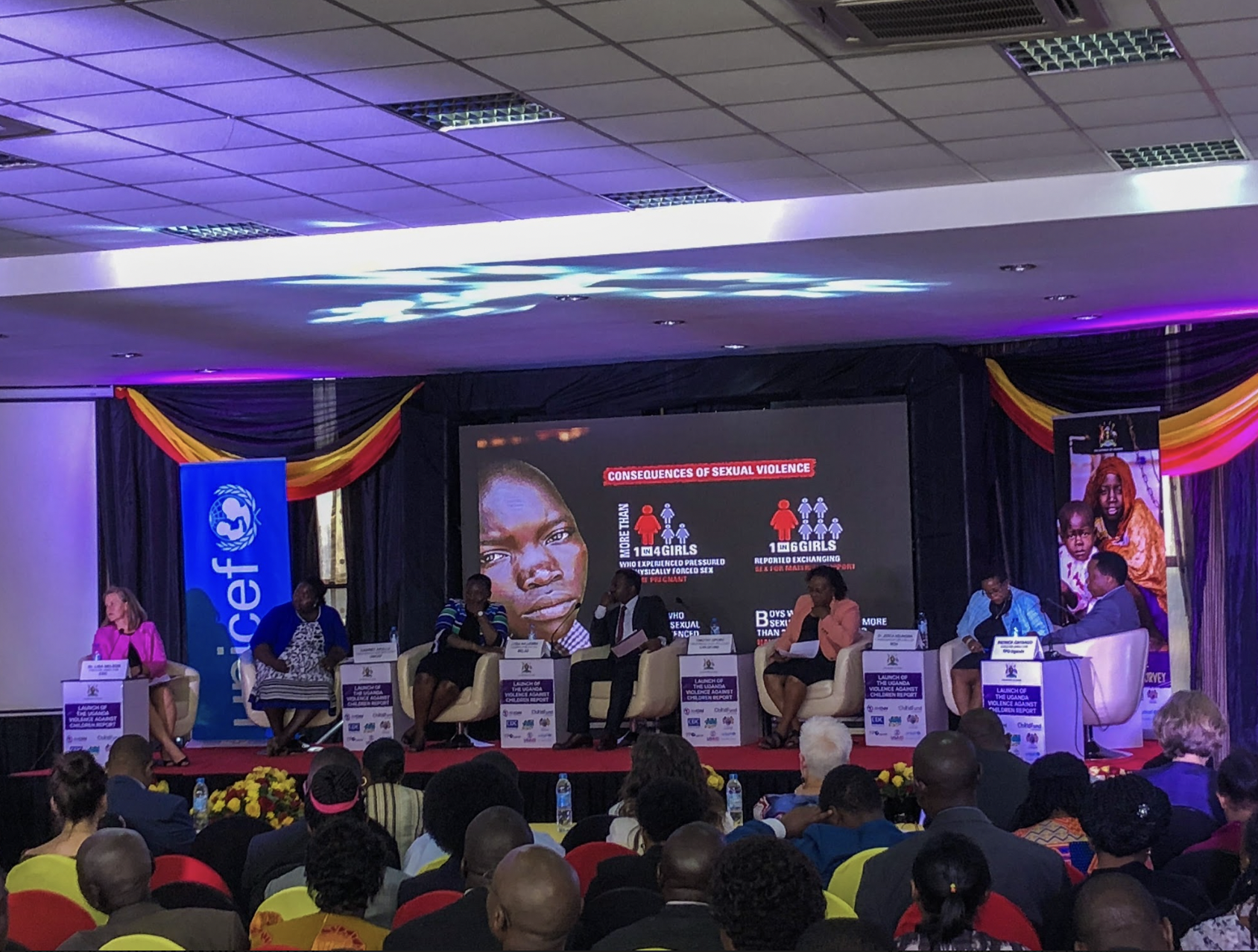
6. VACS launches are key to raising awareness and commitment
Once the VACS data is collected and analyzed, it's shared with government and other key stakeholders have a chance to absorb and reflect on the data and its implications.
We found as a result of the landscape analysis that these launches actually made a big difference in raising awareness and commitment. If specific pledges were made there was a broad range of stakeholders and government was very genuinely and intimately involved.
The findings of the landscape analysis suggest several recommendations for both ongoing and future post-VACS efforts:
1. Engage with VACS as a key tool to inform and drive system-based actions across sectors to prevent and respond to violence
The key components of this are:
- The need for context-specific and user-friendly materials and tools
- The need to strengthen capacity in a range of technical and operational areas
- The need to address the disparities in the capacity between central and more rural or remote areas in many countries
- The need to integrate VACS indicators into ongoing national materials and surveys to avoid just having surveys happen every 5 years, but actually to make this part of what the government collects on a regular basis.
2. Encourage strong government leadership and coordination across sectors
There was great acknowledgment and recognition of the support that had been provided by external actors but broad consensus is that it has to be government leadership and government coordination that drives follow-up to VACS.
Stakeholders greatly promoted increased involvement of civil society, including survivor-led and centered organizations, stronger accountability measures and the need to ask specific questions and design actions for different groups, different ages, gender identities, ethnicities, and disability status
3. Advocate for more funding on an urgent basis
Not only does the post-VACS funding need to be greater in scale - but it needs to be more flexible to allow local stakeholders to respond to needs as they evolve and it needs to be longer in duration because too many grants or funding awards are for six months or for a year which doesn't allow the time for change to take root and to really make a difference for children.
And lastly that there needs to be greater advocacy with both governments and donors for greater priority and attention to Violence Against Children and Youth Surveys, both to get them done in more countries and for stronger and longer and more sustained follow-up once the surveys take place.
Nelson Mandela said that history will judge us by the way we treat our children. He was surely right. To show we believe it, the Violence Against Children and Youth Surveys deserve more attention, priority and support from all of us now and in the years to come.
